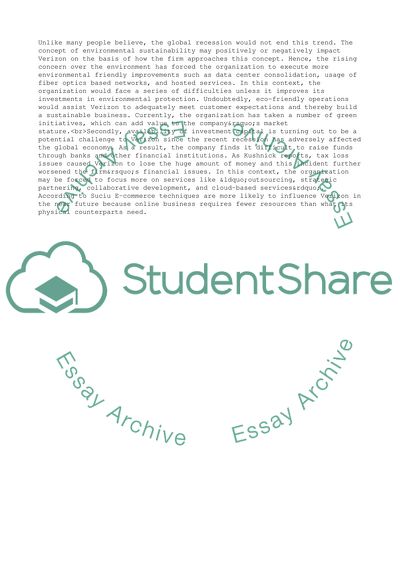Cite this document
(Verizon Company Assignment Example | Topics and Well Written Essays - 3750 words, n.d.)
Verizon Company Assignment Example | Topics and Well Written Essays - 3750 words. Retrieved from https://studentshare.org/business/1777639-verizon
Verizon Company Assignment Example | Topics and Well Written Essays - 3750 words. Retrieved from https://studentshare.org/business/1777639-verizon
(Verizon Company Assignment Example | Topics and Well Written Essays - 3750 Words)
Verizon Company Assignment Example | Topics and Well Written Essays - 3750 Words. https://studentshare.org/business/1777639-verizon.
Verizon Company Assignment Example | Topics and Well Written Essays - 3750 Words. https://studentshare.org/business/1777639-verizon.
“Verizon Company Assignment Example | Topics and Well Written Essays - 3750 Words”, n.d. https://studentshare.org/business/1777639-verizon.


